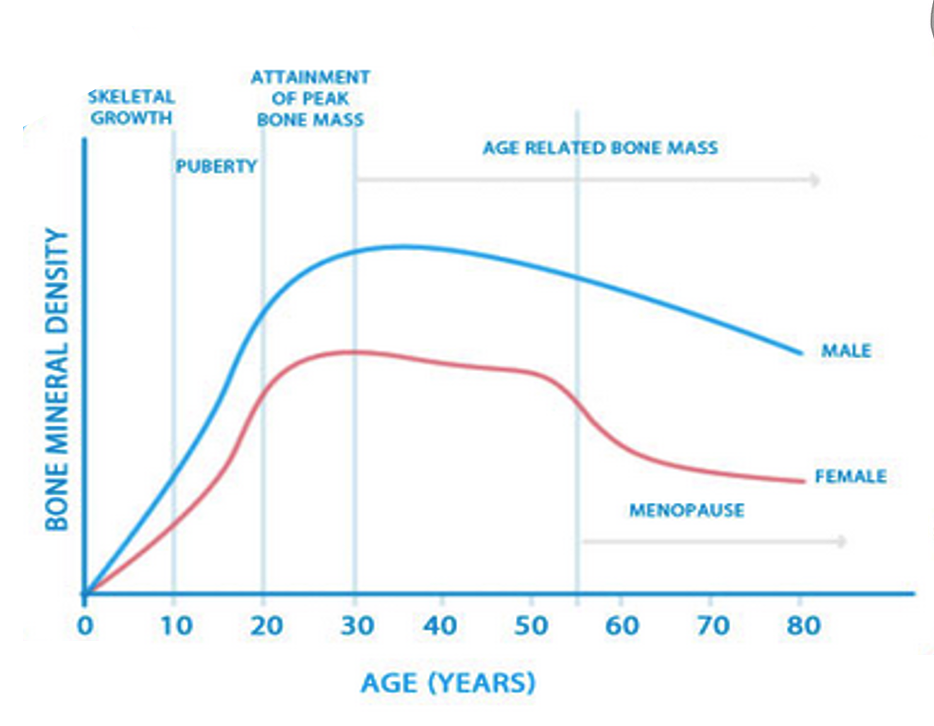What is a DEXA scan?
A DEXA scan, or DXA scan, is a low-energy X-ray used to measure bone density. DEXA stands for dual-energy X-ray absorptiometry, and there are different ways to refer to the scan, including DXA, bone density scan, and bone densitometry scan.
Why is a DEXA scan performed?
Usually, a DEXA scan is performed to diagnose or assess the risk of osteoporosis. Osteoporosis weakens the bones, so a DEXA scan can help to identify this and check the density of your bones.
Who should have a DEXA scan for osteoporosis?
A DEXA scan is recommended for those over 50 at risk of osteoporosis. You are more likely to be at risk if your family members have experienced fractures at some point. A bone density scan may also be taken with those under 50 with additional risk factors, such as smoking, excessive drinking, or having fractured a bone already.
A DEXA scan may also be considered if:
- You are a woman experiencing early menopause or who has had early menopause and has not received hormone replacement therapy. After menopause, oestrogen in the body declines, which can decrease bone mineral density.
- You have a condition such as arthritis or other inflammatory diseases, which can result in low bone density.
- You take medication which can contribute to bone weakening over time
- You are a woman with significant gaps between periods
How is a DEXA scan performed?
DEXA scans are quick and painless. You may be able to remain dressed, but you have to remove clothes with metal in them, such as hooks or zips. You do not need to prepare anything fast or follow any particular diet.
When the scan is performed, you lie on your back, but a DEXA scan is unlike an MRI, where you must go into a tunnel-like device. The X-ray table is flat and open, so you are unlikely to feel closed or claustrophobic.
A large scanning machine is passed over the body, emitting a low-dose X-ray beam to measure bone density in your skeleton. The device can scan various body parts, but the most common areas examined are the hip, spine, and wrist.
Scans take a short time, perhaps five minutes – depending on the body part being scanned. There is no need to wait in the hospital; you can go home after the scan.
What do DEXA scan results mean?
Bone density has a healthy level score, which varies depending on age, ethnicity, and gender. The DEXA scan will also give you a specific score, and the difference between the expected healthy score and your DEXA result is called the T score.
T scores are classified like this:
- Normal: above -1 deviation
- Slightly reduced: between -1 and -2.5 deviation
- Osteoporosis: at or below 2.5
These results will give a fair indication of bone strength but cannot tell whether you will get a fracture. Some people, even with average bone density, can sometimes experience a fracture.
Your doctor will review your test results and consider risk factors before deciding on a course of treatment or whether it is necessary.

